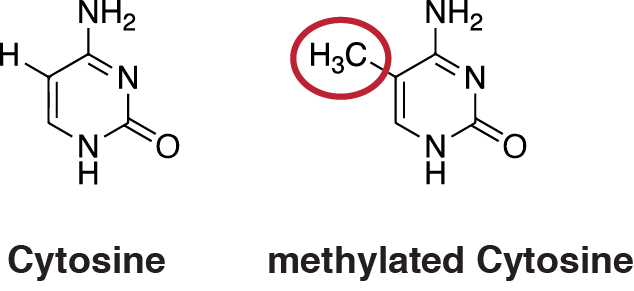Biography
I enjoy making sense of data and making it easier for others to do the same.
I am currently a senior research officer at the Walter and Eliza Hall Institute of Medical Research where I lead the bioinformatics analysis for the Single Cell Open Research Endeavour (SCORE). With the SCORE team, I collaborate with scientists to design and analyse single-cell genomics experiments. I also develop statistical methods and software to summarise and understand genomics data, made available through Bioconductor.
This site include my (very) occasional blog, along with the usual academic fare of my papers, presentations, CV (pdf), software and data.
Interests
- R/Bioconductor
- Bioinformatics
- DNA methylation
Education
-
PhD in Statistics, 2015
University of Melbourne
-
BSc in Mathematics and Statistics (Honours), 2009
University of Melbourne


